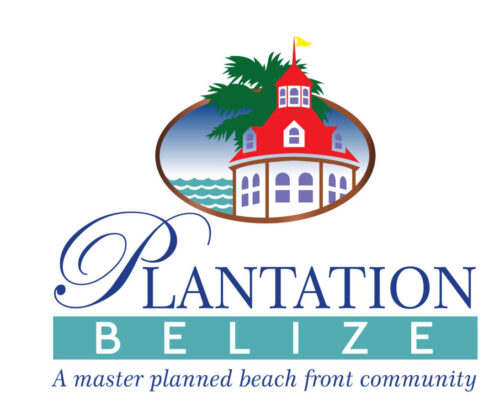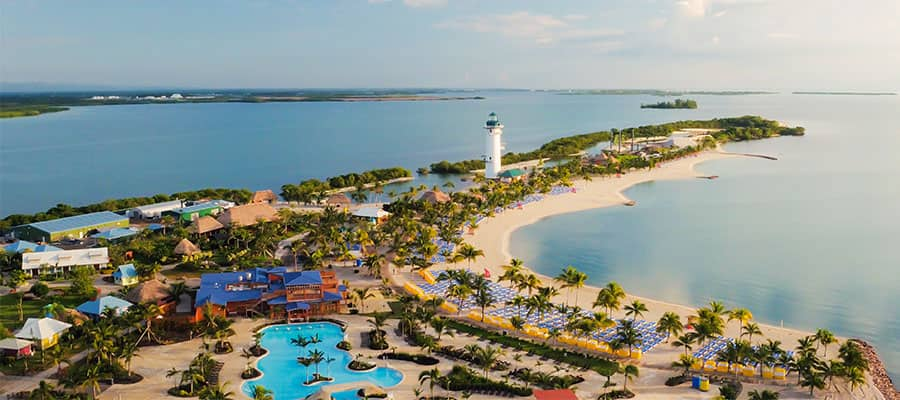Belize
From the perspective of CALA, zooming in on Belize, we find this tiny country strategically located at the center of the Americas, where North America converges into Central America; it is bordered by Mexico to the north, Guatemala to the south and west and the Caribbean Sea to the east. With a population estimated at over 333,000 residents, Belize is the smallest non-island sovereign state in the Americas. Although Kriol (Belizean Creole) and Spanish are spoken widely among the population, Belize is the only country in Central America where English is the official language.
Due to its geographic location and cultural history, Belize is considered to be a Central American nation with strong ties to both the Caribbean and Latin American regions. The country, which achieved full independence in 1981, operates as a parliamentary democracy, based on the Westminster model. Belize is divided into six districts: Corozal, Orange Walk, Belize, Cayo, Stann Creek, and Toledo. The landmass of Belize measures 266 square miles (174 miles long and 68 miles wide), and the over 200 islands, known as cayes, extend out another 50 miles into the Caribbean Sea. Belize shares a common history with much of Central America dating back to the Mayan Civilization that flourished centuries ago when great ceremonial centers and cities were built, the ruins of which, are still being discovered today. The land and sea of Belize includes tropical rainforests, white sand beaches, mountain ranges, beautiful tropical islands, and the largest Barrier Reef in the Western Hemisphere. The culture of Belize is a unique blend of native and European influences.
As a resort destination, Belize offers to prospective developers, residents and visitors, numerous competitive advantages when compared to its Caribbean and Latin American sisters. Some of the highlights most talked about by visitors to Belize include:
- Friendly, English speaking stable democracy based on British Parliamentary Law (much like U.S.A.);
- Comfortable year-round climate off main hurricane track with clean environment and 40% of land under preservation;
- U. S. citizens get guaranteed title to land with dual citizenship under Belize Qualified Retired Persons Incentive Act;
- Low cost of living with Belize dollar fixed to U.S. dollar at 2 to 1;
- World class diving, grand slam fishing, Mayan ruins and numerous other activities and attractions; and
- Two-hour flight from U.S. (Miami, Charlotte, Atlanta, New Orleans, Dallas, Houston).
Belize Depends on Travel & Tourism
Few countries in CALA are riding the Travel & Tourism wave more than Belize which has recorded a 17.7% direct contribution to its GNP and 14.1% of jobs in 2018. The numbers in Belize are even more striking when taking into account the indirect impact of Tourism & Travel, which considers the various ancillary services that support tourism such as transportation, food and so forth. In this case the “total” contribution of Travel & Tourism in 2018 to Belize GNP was a remarkable 44.9% and accounted for 41% of jobs!
Soon after gaining independence in 1981, a recognition of the potential economic powerhouse offered by the Hospitality Industry, moved Belize to create legislation to attract its fair share of the Travel & Tourism pie. Since then, it has been focusing its limited financial resources on building needed infrastructure and promoting awareness of its natural beauty and protected environment. As an example, in 2012, The Belize Tourism Board sponsored a groundbreaking study entitled the National Sustainable Tourism Master Plan 2030 (NSTMP 2030). The study aims to achieve a set of quantitative and qualitative specific objectives for Belize (as a destination) to be a recognized embodiment, within its international marketplaces as a unique, authentic, sustainable and competitive world-class destination. Specific objectives include: (a) supporting the improvement, restoration and development of new overnight destinations (lodging facilities and their products); and (b) strengthen national and local capacity for sector policy, destination planning and management. You can learn more about the NSTMP and download a PDF copy here.
Belize Encourages Outside Investment
Critical to the growth of the Travel & Tourism market in Belize is its ability to attract Direct Foreign Investment to fund projects like Plantation Club, of which proceeds from this Offering play a contributing role. In fact, the Plantation Club Master Plan is intentionally consistent with the ideals of resort development promulgated by the NSTMP 2030 study. For example, the study lists 10 tourism model concepts, which it believes to be the most attractive and economically feasible for the country and most likely to attract DFI. These are listed in the graphic from the report shown on the next page. Readers may note that when considering both its current and planned subdivisions, the Plantation Club Master plan encompasses 7 of the 10 models shown; effectively sending a subtle message to the Government of Belize and its people, “…We get it, we understand what you want and we are here to build it”.
The government has already passed numerous legislative initiatives, in the form of developer, investor and visitor incentives, to manifest the desired foregoing projects. Such incentives and initiatives are developed and managed by the Belize Ministry of Economic Development by way of its Belize Trade and Investment Development Service (BELTRAIDE). Beltraide was organized in 1997 to enhance Belize’s prosperity by fostering investor confidence, entrepreneurship, business growth and innovation. Beltraide manages a variety of investment incentives offered by the Government of Belize. Two of the most popular and effective programs follow.
Qualified Retired Person’s Program. A major driver of increased development and visitation is the country’s Qualified Retired Persons (QRP) Program, which was implemented in 1999. The program is eligible for persons at least 45 years old who generate a minimum of $2,000 (USD) per month of income from outside of Belize and who pass a background check. The program has gained traction in recent years, as evidenced by a surge in second-home development and residential resorts. Benefits of QRP status include waived income taxes, import duty and tax exemptions, and motor-vehicle import tax exemptions.
Fiscal Incentive Program. The Fiscal Incentive Program aims to encourage genuine investment in Belize for both existing and prospective investors through the granting of Customs duty exemptions and certain tax holidays. To qualify, prospective developments should bring revenue to the Government, bring meaningful employment to the country, bring foreign exchange and preserve and possibly enhance the environment and respect the cultural heritage of Belize. Benefits to developers and investors can be substantial. Typically import duty on building materials and supplies is charged at the rate of 33% over the cost at the port of origination. This means the development of Plantation Club can enjoy a 33% cost reduction on all imported construction materials and supplies (potentially several million dollars). The substantial savings from this incentive alone can be passed along in the form of reduced prices to buyers of condominium homes in Plantation Club.
There are many other DFI incentive programs managed by Beltraide which can be found on its website here, and we can see evidence that these efforts to build infrastructure and promote awareness have gained significant traction over the past couple of decades. Some of the most prominent results of Belize’s drive to promote the country as the ecotourism destination of choice and attract DFI include Francis Ford Copola’s famous Turtle Inn and the Norwegian Cruise Line’s Harvest Caye.




